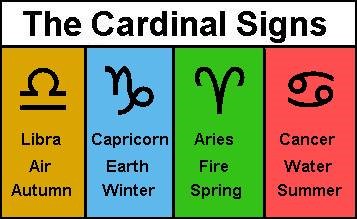

This is because these symptoms can be attributed to other conditions, such as congestive heart failure and pneumonia. People with COPD still experience cardinal symptoms, but these aren’t reliable on their own as diagnostic criteria. Along with considering specific symptoms, it also considers when a person’s symptoms have changed enough to warrant a change in treatment.


Current practiceĭoctors currently define COPD exacerbations as worsening symptoms that lead to additional therapy. In particular, it helped doctors decide whether to prescribe antibiotics to manage symptoms. Type 3: one of the cardinal symptoms is present, along with an upper respiratory tract infection and fever, or increased wheezing, coughing, or heart rateĭoctors used the type of COPD exacerbation to help determine the best course of treatment.Type 2: any two of the cardinal symptoms are present.Type 1: all three cardinal symptoms are present.The type reflected how severe an exacerbation was. Stagingĭoctors previously used the Winnipeg criteria to stage a COPD exacerbation based on how many cardinal symptoms were present. Without treatment, these can get worse over time and impact your everyday activities. If you have COPD, you may experience these symptoms regularly. Darker shades of yellow or green could indicate an infection. In COPD, mucus is normally white or light yellow. Sputum purulence describes the color and consistency of mucus you may cough up.During an exacerbation, you’ll have more mucus production. Sputum volume is the amount of mucus in your airways.Dyspnea describes shortness of breath and breathing difficulties.What are the three cardinal symptoms of COPD?ĭoctors previously diagnosed COPD exacerbations only by the worsening of three “cardinal,” or primary symptoms.


 0 kommentar(er)
0 kommentar(er)
